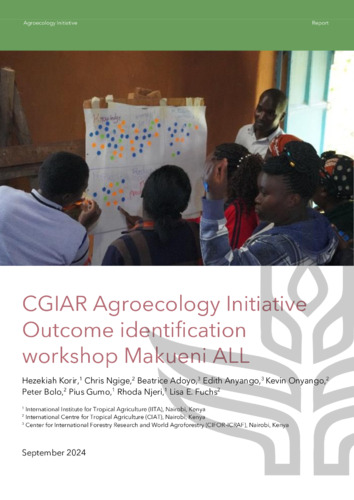Managing coastal wetlands is one of the most promising activities to reduce atmospheric greenhouse gases, and it also contributes to meeting the United Nations Sustainable Development Goals. One of the options is through blue carbon projects, in which mangroves, saltmarshes, and seagrass are managed to increase carbon sequestration and reduce greenhouse gas emissions. However, other tidal wetlands align with the characteristics of blue carbon. These wetlands are called tidal freshwater wetlands in the United States, supratidal wetlands in Australia, transitional forests in Southeast Asia, and estuarine forests in South Africa. They have similar or larger potential for atmospheric carbon sequestration and emission reductions than the currently considered blue carbon ecosystems and have been highly exploited. In the present article, we suggest that all wetlands directly or indirectly influenced by tides should be considered blue carbon. Their protection and restoration through carbon offsets could reduce emissions while providing multiple cobenefits, including biodiversity.
Download:
DOI:
https://doi.org/10.1093/biosci/biae007
Jumlah Kutipan Dimensi:




















